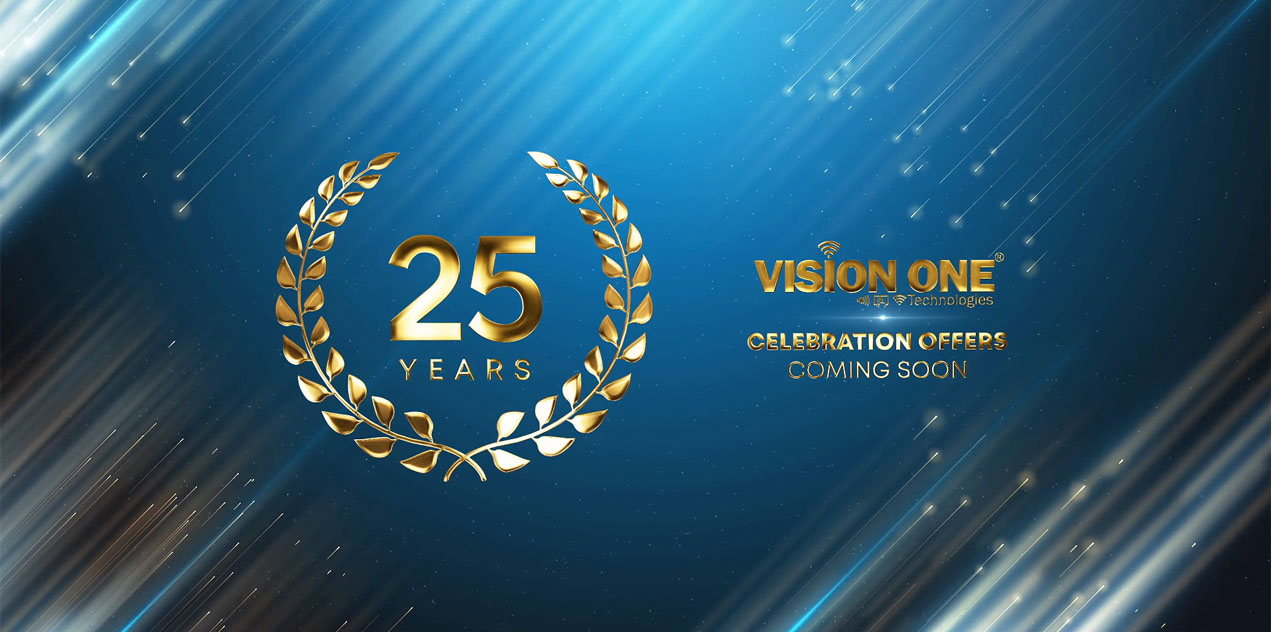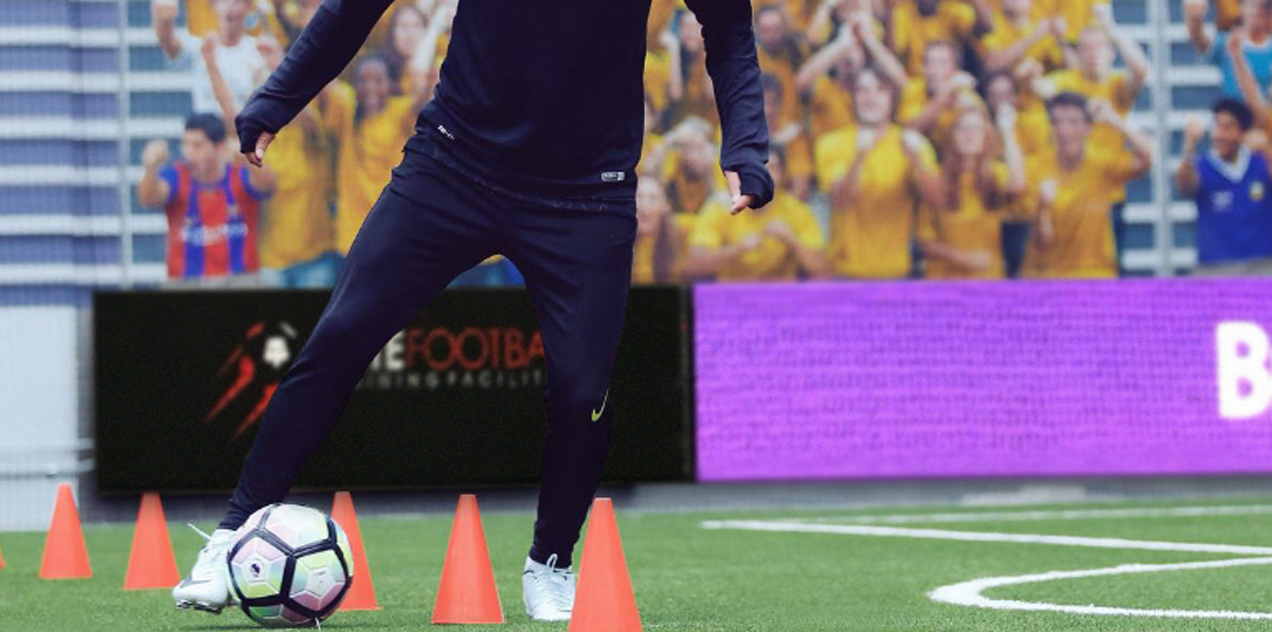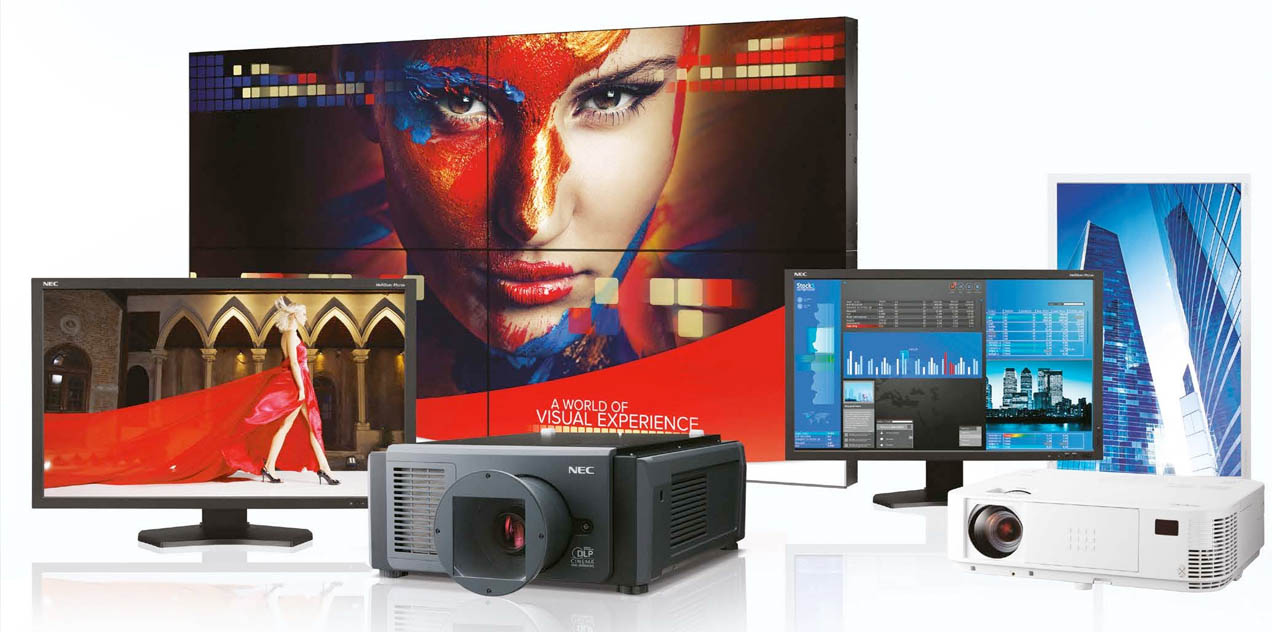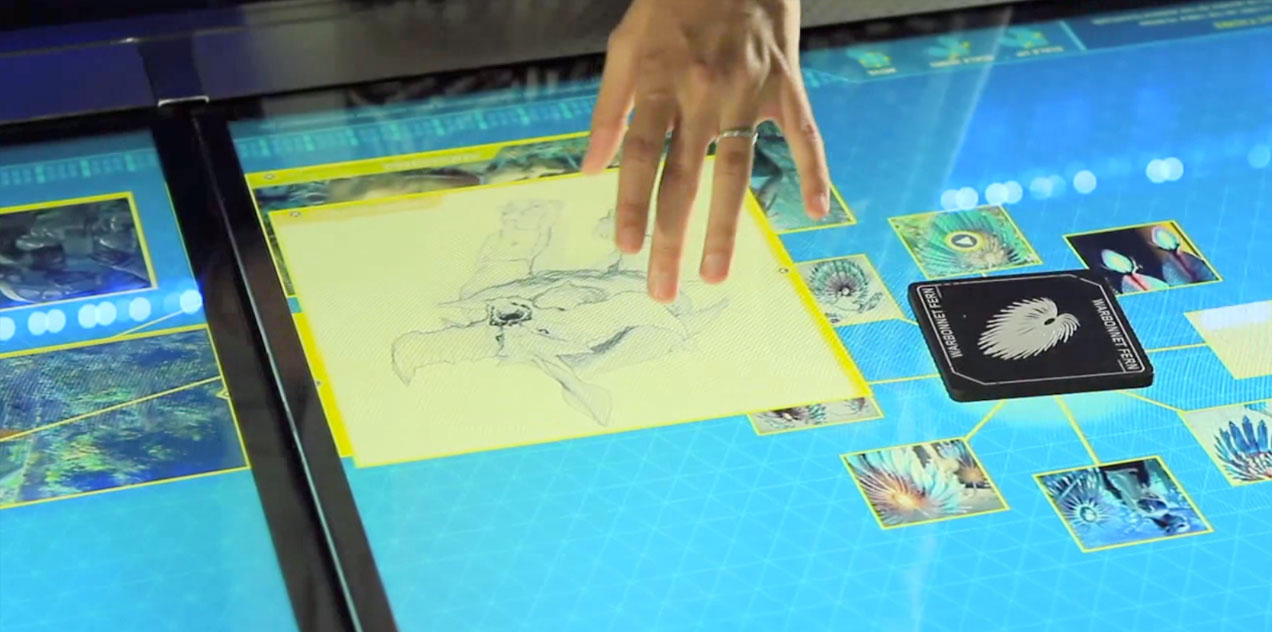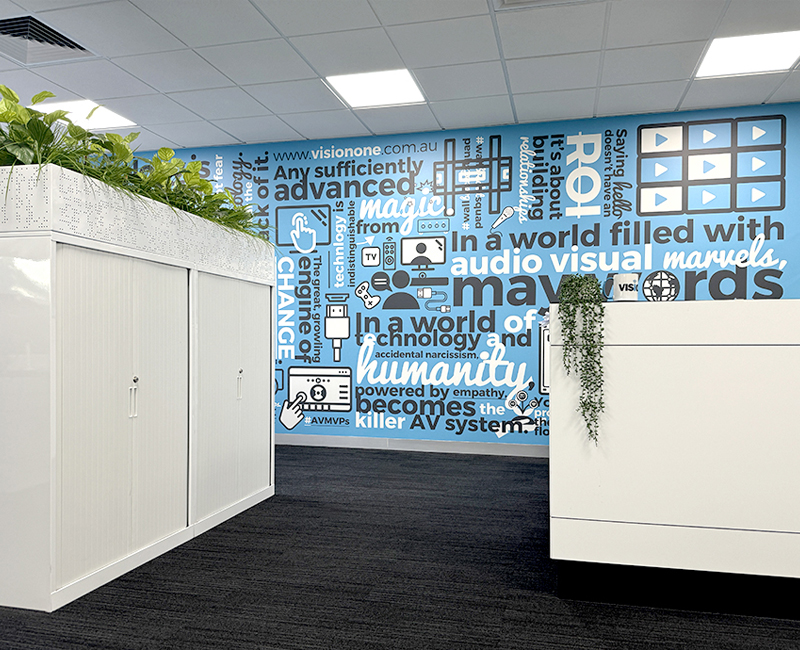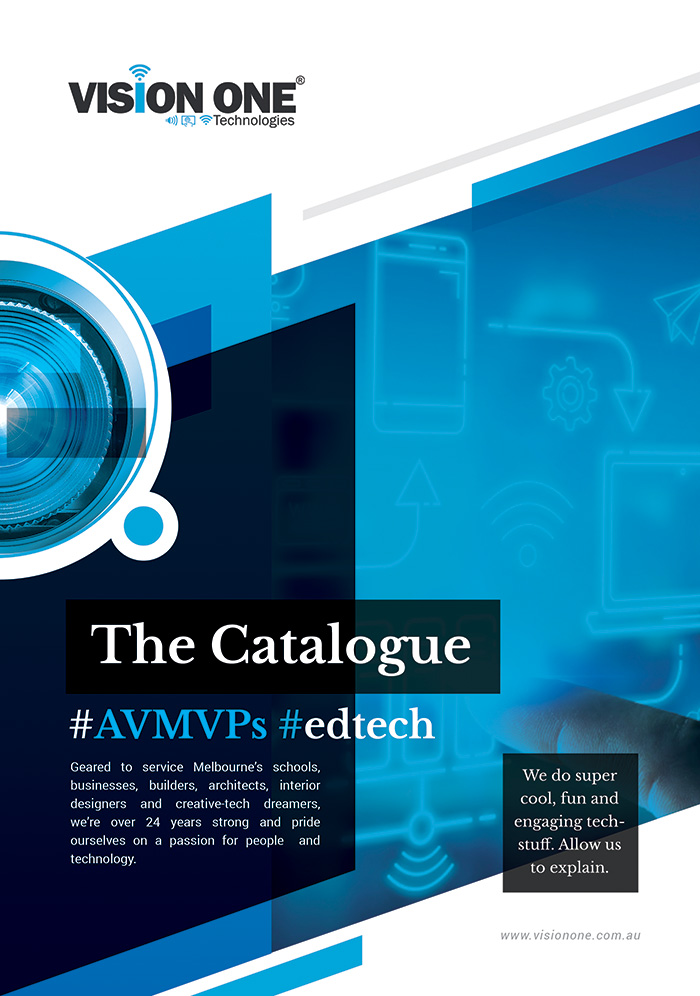Revisiting some of our favourite technology innovations 25 years down the track!
[thb_counter style="style1" heading="25 Years. 25 Million Installs.*"]25[/thb_counter][thb_gap height="20"] Okay. That's clearly an exaggeration.* We don't...
Future Technologies at Integrate, Sydney 2018
Last week, the team at Vision One visited Integrate in Sydney to learn more about...
Userful is Your Easy & Powerful Custom Video Wall Solution
Userful turns a standard PC into a flexible and powerful video wall controller that delivers...
Vision One Sponsors the Camrea Cricket Club
Vision One are proud to announce the sponsorship of newly-established North Metro Cricket Association entrants,...
Samsung’s Revolutionary New Digital Display Product Range
At ISE 2016, Samsung showcased a wide range of future-focused technologies, including the industry's slimmest...
Using Education Technology to Rediscover Traditional Ways of Learning
Older, more traditional forms of learning resonate with students because they connect with something deep within...
NEC adds 55-inch Ultra-Narrow Bezel Display to Video Wall Portfolio
Commercial LCD display and projector solutions provider NEC Display Solutions of America has announced its...
Interactive Display Market Worth $15 Billion by 2020
According to a new market research report "Interactive Display Market by Product (Interactive Kiosk, Whiteboard,...
